Discover a world of vibrant and nutritious vegetables that begin with the letter H! From hearty favorites to lesser-known gems, these vegetables add flavor and health benefits to any meal. Whether you’re a curious cook or a vegetable enthusiast, exploring these H-shaped delights is sure to inspire your culinary adventures. Let’s dive into the colorful realm of vegetables that start with H!
1. Habanero Pepper
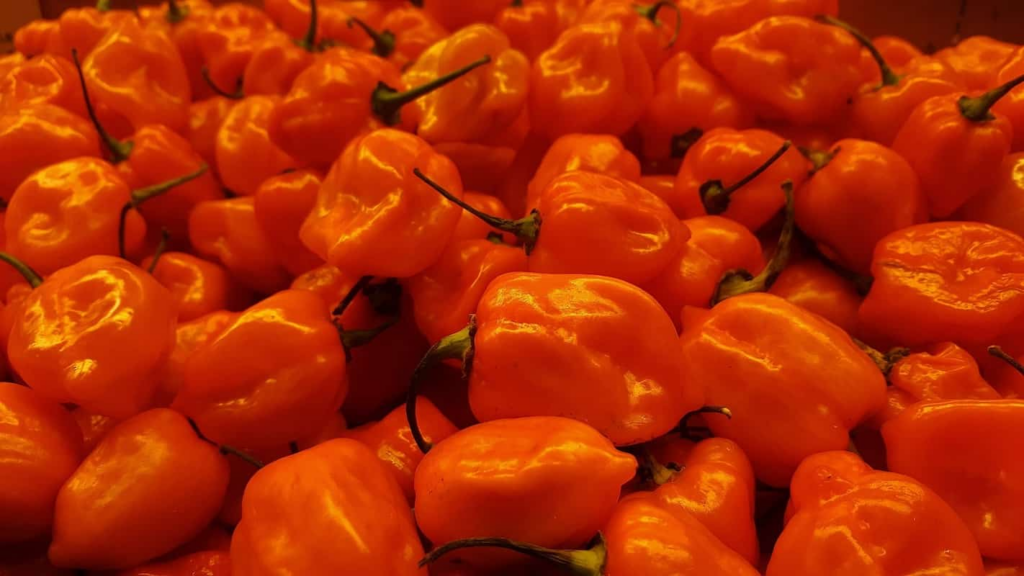
A tiny but fiery chili pepper known for its intense heat and fruity flavor. It adds a spicy kick to many dishes, especially salsas and marinades.
Nutritional Benefits:
- Calories: 40 kcal per 100g
- Vitamin C, Vitamin A, and antioxidants
- Good for boosting immunity and reducing inflammation
- High capsaicin content may help with pain relief
How to Eat or Use It: Add chopped habanero to salsa, sauces, or marinades for extra heat.
Diet Compatibility: Suitable for spicy food lovers; use sparingly on low-sodium or low-chili diets.
2. Hakka Eggplant

A slim, tender eggplant popular in Asian dishes. Its mild flavor absorbs sauces well, making it versatile in stir-fries and curries.
Nutritional Benefits:
- Calories: 25 kcal per 100g
- Dietary fiber, vitamins B1, B6, and folate
- Contains antioxidants that promote heart health
How to Eat or Use It: Best cooked in stir-fries, grilled, or added to soups.
Diet Compatibility: Suitable for low-fat, low-calorie diets.
3. Hakurei Turnip
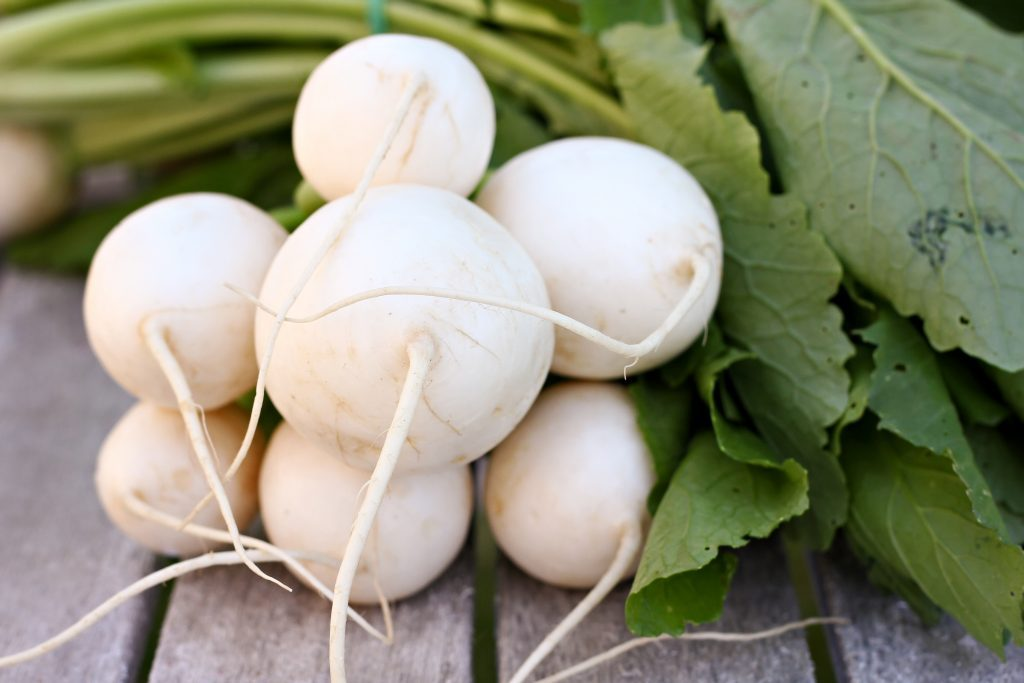
A small, sweet Japanese turnip with tender flesh. It’s great for eating raw or cooked, adding a mild, crisp flavor to meals.
Nutritional Benefits:
- Calories: 28 kcal per 100g
- Vitamin C, potassium, fiber
- Supports digestion and immune health
How to Eat or Use It: Enjoy raw in salads, or roasted and added to stir-fries.
Diet Compatibility: Low-calorie, paleo, keto-compatible when cooked without sugar.
4. Half Runner Beans
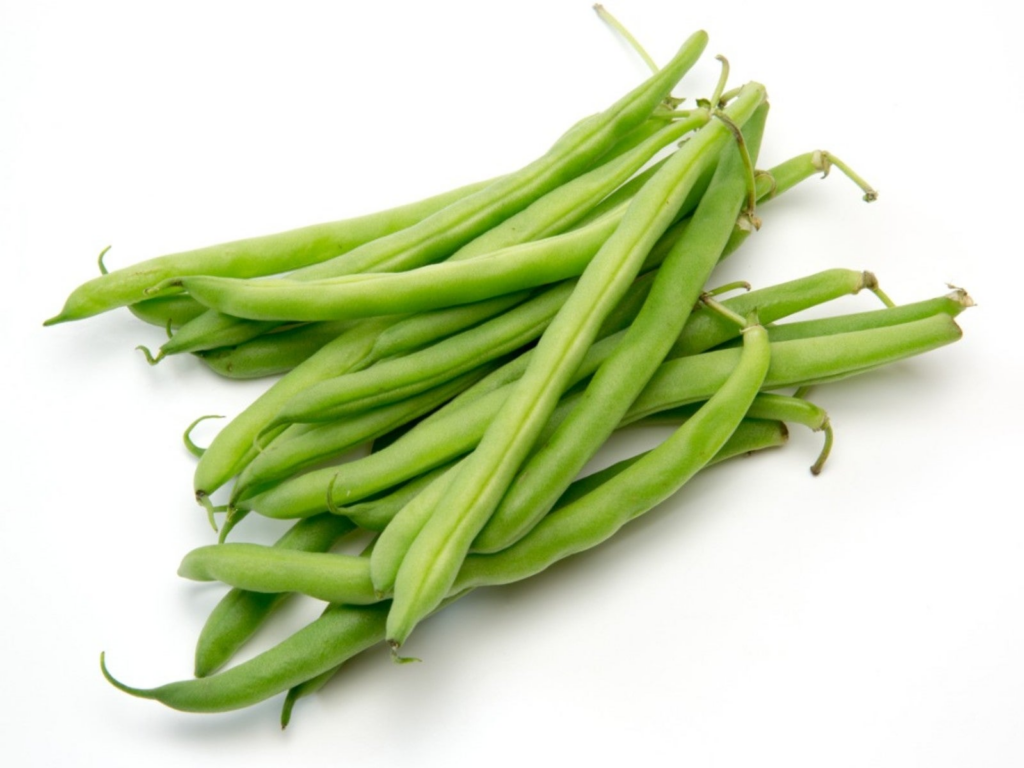
A type of green bean with tender, semi-vining growth. It’s perfect for steaming, boiling, or adding to salads.
Nutritional Benefits:
- Calories: 31 kcal per 100g
- Rich in vitamins C and K, fiber, antioxidants
How to Eat or Use It: Best steamed or boiled, served as a side dish or in salads.
Diet Compatibility: Low-calorie and suitable for vegetarian diets.
5. Hamburg Parsley

A variety of parsley grown for its large, edible root. The root has a sweet, mild flavor, great for soups and stews.
Nutritional Benefits:
- Calories: 72 kcal per 100g
- Vitamins C, K, and folate, fiber
- Anti-inflammatory properties
How to Eat or Use It: Use the roots in roasting, soups, or stews.
Diet Compatibility: Suitable for low-calorie and nutrient-rich diets.
6. Hamburg Roots
The edible root of Hamburg parsley, with a sweet flavor. Great for roasting or adding to vegetable medleys.
Nutritional Benefits:
- Calories: 72 kcal per 100g
- Rich in vitamins and fiber
How to Eat or Use It: Roast or boil for salads and side dishes.
Diet Compatibility: Suitable for vegetarian and low-fat diets.
7. Hanover Salad
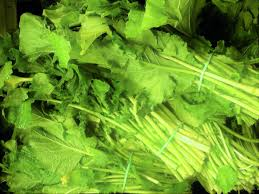
A leafy green vegetable often used fresh in salads. Its tender leaves add crunch and flavor to dishes.
Nutritional Benefits:
- Calories: 16 kcal per 100g
- Vitamin A, Vitamin C, and iron
- High in antioxidants
How to Eat or Use It: Best enjoyed raw in salads or sandwiches.
Diet Compatibility: Low-calorie, vegan, and keto-friendly.
8. Haricot Bean
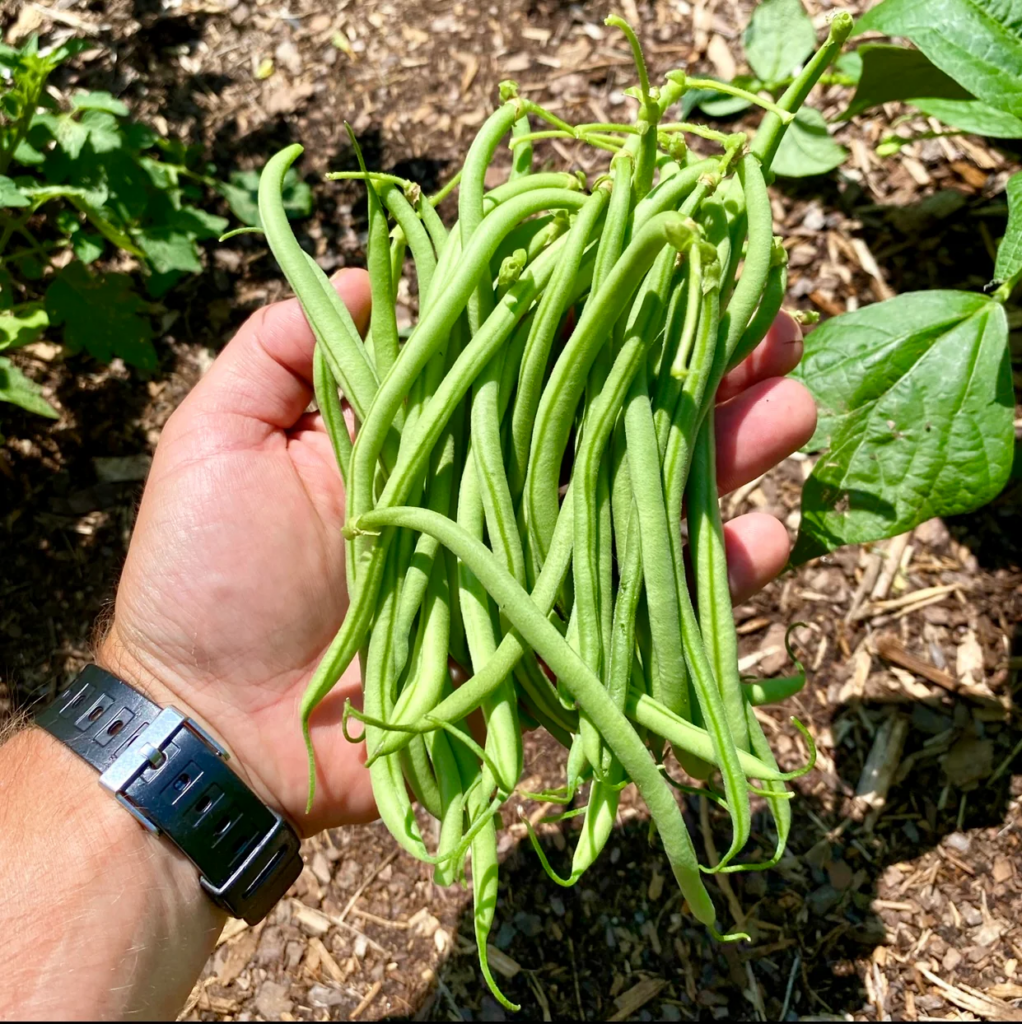
Common white beans used in stews, salads, and baked dishes. They are hearty and filling.
Nutritional Benefits:
- Calories: 127 kcal per 100g
- Protein, fiber, iron, magnesium
- Supports heart health
How to Eat or Use It: Cooked in soups, stews, or salads.
Diet Compatibility: Suitable for vegetarian, vegan, and low-fat diets.
9. Haricot Vert

Thinner French green beans with a delicate flavor. They are tender and perfect for steaming or blanching.
Nutritional Benefits:
- Calories: 31 kcal per 100g
- Vitamins C, K, fiber
How to Eat or Use It: Serve steamed with a light butter or vinaigrette.
Diet Compatibility: Low in calories, keto, and vegetarian friendly.
10. Harvest Moon Pumpkin
A sweet pumpkin variety with bright orange flesh. Ideal for baking, soups, and pies.
Nutritional Benefits:
- Calories: 26 kcal per 100g
- Vitamin A, vitamin C, potassium
- Rich in antioxidants
How to Eat or Use It: Roast, puree for desserts, or make soups.
Diet Compatibility: Suitable for low-fat, gluten-free diets.
11. Hass Avocado

A popular avocado with a creamy texture and pebbly dark skin. Great for toast, salads, or smoothies.
Nutritional Benefits:
- Calories: 160 kcal per 100g
- Healthy monounsaturated fats, fiber, vitamin E, potassium
- Good for heart health and reducing inflammation
How to Eat or Use It: Slice onto salads, mash for guacamole, or blend into smoothies.
Diet Compatibility: Keto-friendly, low-carb, and vegan.
12. Hatch Chiles

Green chiles from New Mexico with a mild to moderate spicy flavor. Perfect for roasting, stuffing, or adding to dishes.
Nutritional Benefits:
- Calories: 40 kcal per 100g
- Vitamin C, antioxidants, capsaicin
How to Eat or Use It: Roast and add to sauces, stews, or salsas.
Diet Compatibility: Suitable for low-calorie diets; spicy heat may not suit sensitive eaters.
13. Hawaiian Chili Pepper
A small, hot chili variety from Hawaii. Adds heat to tropical dishes and salsas.
Nutritional Benefits:
- Calories: 40 kcal per 100g
- Vitamin C and capsaicin
How to Eat or Use It: Use fresh in salsas or dried in spice blends.
Diet Compatibility: Spicy and low-calorie; use minimally if sensitive to heat.
14. Hawaiian Ginger
A tropical root known for its aromatic, spicy flavor. Used in beverages, desserts, or cooking.
Nutritional Benefits:
- Calories: 80 kcal per 100g
- Antioxidants, anti-inflammatory compounds
How to Eat or Use It: Add fresh grated ginger to teas, smoothies, or stir-fries.
Diet Compatibility: Low-calorie, vegan, suitable for spicy flavor lovers.
15. Hawaiian Sweet Potato
A sweet, orange-fleshed root with a rich flavor. Excellent roasted, mashed, or in pies.
Nutritional Benefits:
- Calories: 86 kcal per 100g
- Vitamins A and C, fiber, antioxidants
How to Eat or Use It: Roast, mash, or add to baking recipes.
Diet Compatibility: Suitable for vegan, gluten-free, and low-fat diets.
16. Heart Pea
A climbing plant with edible seeds, often enjoyed fresh or cooked in stews and salads.
Nutritional Benefits:
- Calories: 81 kcal per 100g
- Protein, fiber, vitamins B1 and B6
How to Eat or Use It: Boil and add to salads or make purees for spreads.
Diet Compatibility: Vegetarian, vegan, high-protein diets.
17. Hearts of Palm
The tender inner core of certain palm trees, often used in salads or ceviche for its mild flavor and crunchy texture.
Nutritional Benefits:
- Calories: 23 kcal per 100g
- Vitamins C, B6, and potassium
- Low in fat and carbs
How to Eat or Use It: Slice into salads, or use as a seafood substitute in dishes.
Diet Compatibility: Suitable for vegan, low-calorie, and keto diets.
18. Heirloom Beets
Traditional beet varieties with vibrant colors and deep flavors. Great roasted, pickled, or in salads.
Nutritional Benefits:
- Calories: 43 kcal per 100g
- Folate, fiber, antioxidants
- Supports blood health and reduces inflammation
How to Eat or Use It: Roast, boil, or pickle for a colorful addition to meals.
Diet Compatibility: Low-fat, vegetarian, and gluten-free options.
19. Heirloom Carrots
A variety of carrots with diverse colors and flavors, adding visual appeal and taste to salads and roasts.
Nutritional Benefits:
- Calories: 41 kcal per 100g
- Beta-carotene, Vitamin A, fiber
How to Eat or Use It: Raw, roasted, or added to stews and salads.
Diet Compatibility: Suitable for low-calorie, vegetarian, and vegan diets.

Jean Smith is a fitness enthusiast and blogger who focuses on fitness and a healthy lifestyle. She is passionate about assisting people in living healthier lifestyles and is constantly on the lookout for new and creative methods to stay fit and healthy. Her articles are excellent resources for anyone interested in improving their health and fitness.
